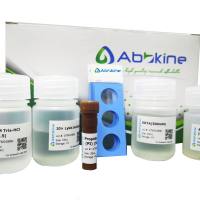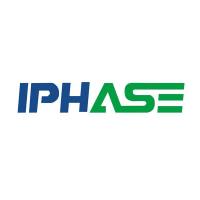DNA damaging agents have been widely used in cancer chemotherapy for many years and have proved successful in the treatment of both solid tissue and haematological malignancies. Many commonly used clinical agents, such as members of the nitrogen mustard, chloroethylnitrosourea, dimethane-sulphonate and platinum classes, are bifunctional. DNA interstrand crosslinks (ISC) formed in cells are clearly critical cytotoxic lesions and the formation of DNA ISC has been shown to correlate with cytotoxicity in vitro (1 –5 ). Acquired resistance in vitro to such agents can occur by a number of mechanisms, for example altered drug transport (6 ), intracellular detoxification via enhanced glutathione and glutathione-S-transferase activity (7 ), but enhanced DNA repair capacity can also play an important role (3 ). Clinically the mechanisms of acquired resistance to DNA damaging agents are less clear but enhanced repair of ISC has been suggested to play a role in the acquired resistance of some cancers, e.g., chronic lymphocytic leukaemia to nitrogen mustards (8 ). In addition, the inherent sensitivity (and curability) of some tumors, e.g., testicular cancer, to DNA damaging agents may result in part from their inability to repair critical DNA lesions (9 ).






